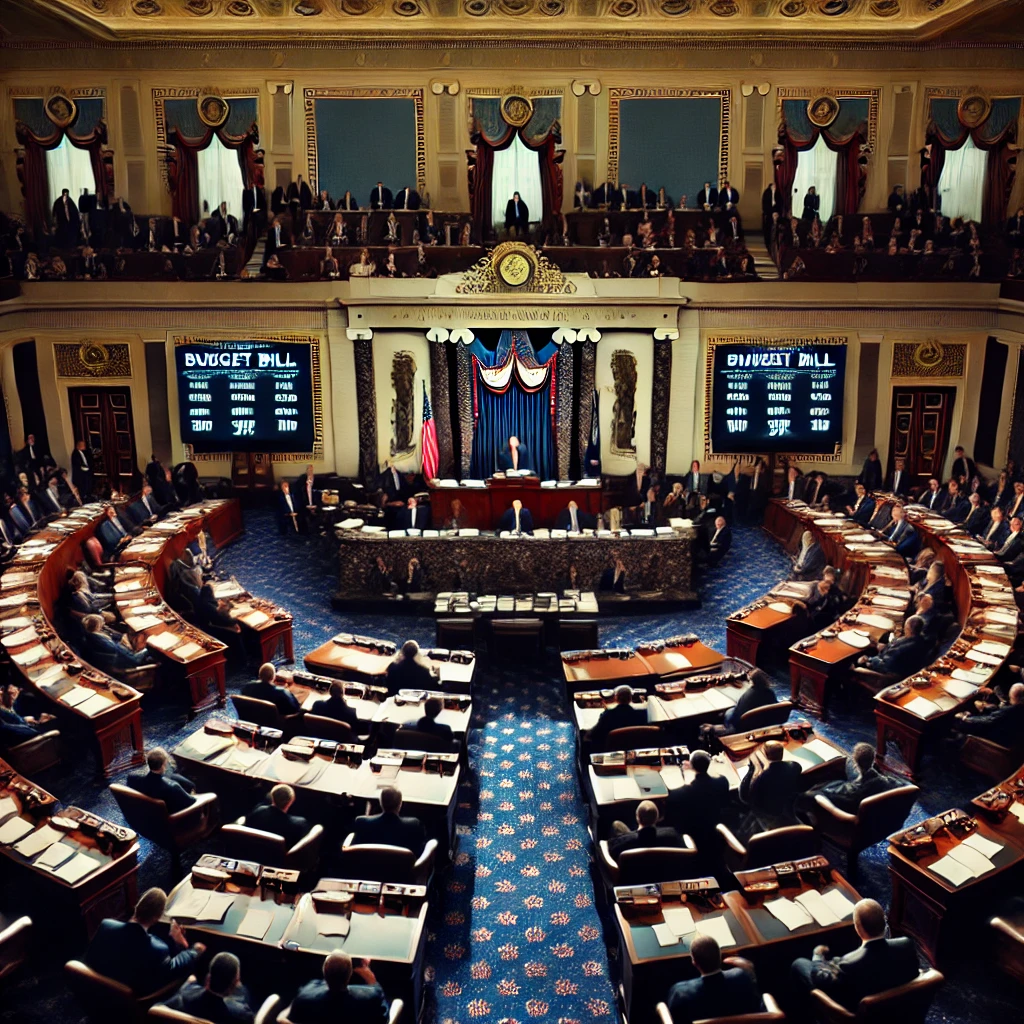On March 14, 2025, the United States Senate narrowly averted a government shutdown by passing a Republican-led funding bill, with a final vote of 54-46.
npr.org The bill extends funding for federal agencies through September 30, 2025, effectively preventing a lapse in government operations.
Key Provisions of the Funding Bill
The legislation includes a $13 billion reduction in non-defense discretionary spending, while allocating an additional $6 billion to the Pentagon.
businessinsider.com This reallocation reflects the Republican majority’s priority on bolstering defense capabilities, even as it necessitates cuts to various domestic programs.
Bipartisan Dynamics and Democratic Opposition
Despite the Republican majority, the bill’s passage required bipartisan support due to Senate procedural rules necessitating a supermajority to invoke cloture and proceed to a final vote. Notably, ten Democratic senators, including Minority Leader Chuck Schumer, voted in favor of advancing the bill, citing the imperative to avoid a government shutdown.
However, this decision exposed rifts within the Democratic Party. House Democrats, led by figures such as Alexandria Ocasio-Cortez and former Speaker Nancy Pelosi, vehemently opposed the bill. They criticized the Senate’s acquiescence to Republican demands, arguing that the cuts to non-defense spending would adversely affect essential public services.
Leadership Perspectives
Minority Leader Schumer defended his vote by emphasizing the potential consequences of a government shutdown, particularly the empowerment of the Department of Government Efficiency (DOGE), led by Elon Musk. Schumer expressed concerns that a shutdown would grant DOGE increased authority to implement spending cuts without congressional oversight, leading to more severe reductions in critical programs.
Conversely, Pelosi publicly rebuked Senate Democrats who supported the bill, asserting that conceding to Republican terms undermines the party’s commitment to protecting domestic priorities. She advocated for a short-term continuing resolution to allow more time for negotiations, aiming to secure a more favorable agreement for non-defense expenditures.
Implications for Government Operations
The bill’s enactment ensures that federal agencies will remain operational through the end of the fiscal year on September 30, 2025. However, the $13 billion reduction in non-defense spending necessitates adjustments across various departments, potentially impacting services such as education, healthcare, and infrastructure projects. The increase in defense funding aligns with the administration’s focus on national security, but it has sparked debate over the balance of fiscal priorities.
Looking Ahead
The contentious passage of this funding bill underscores the deep partisan divides in Congress and sets the stage for further debates over fiscal policy. As the new fiscal year approaches, lawmakers will need to negotiate a comprehensive budget that addresses both defense and domestic priorities, striving to reconcile ideological differences to achieve fiscal responsibility and effective governance.





